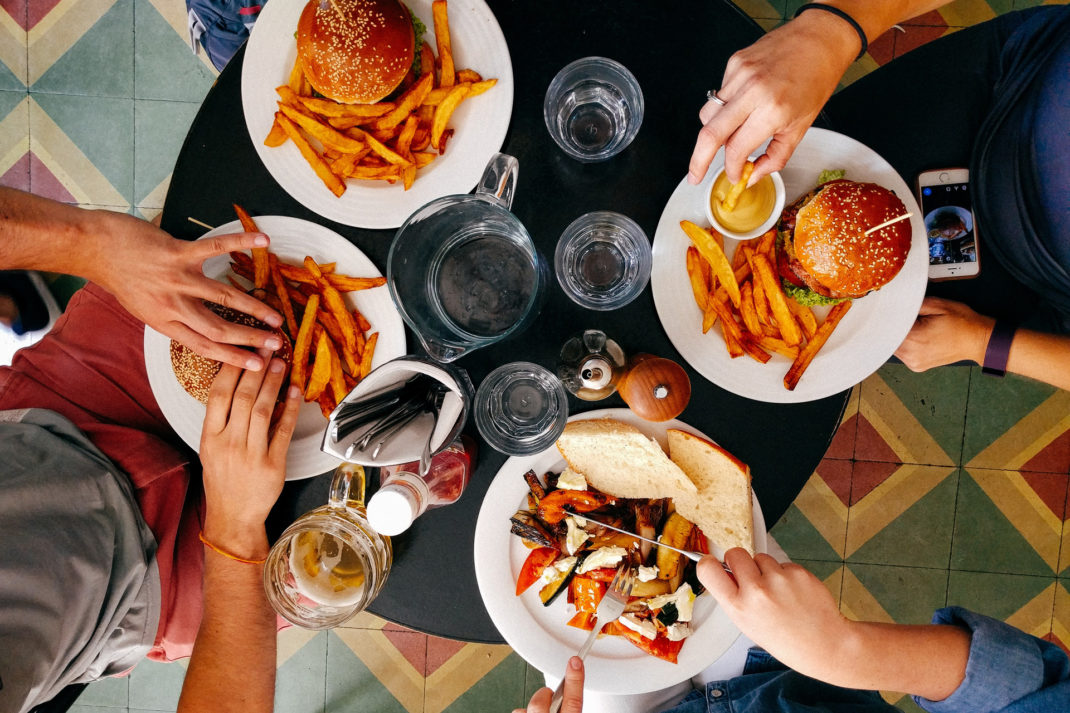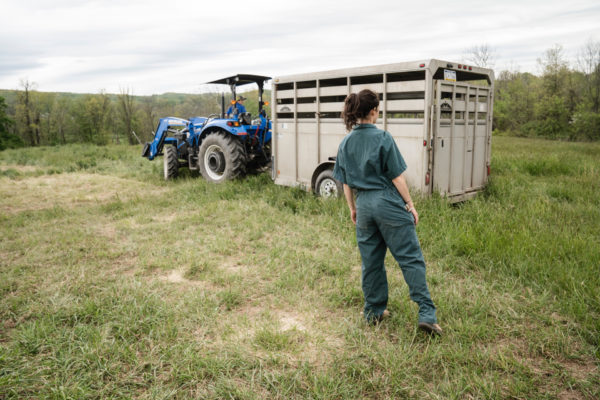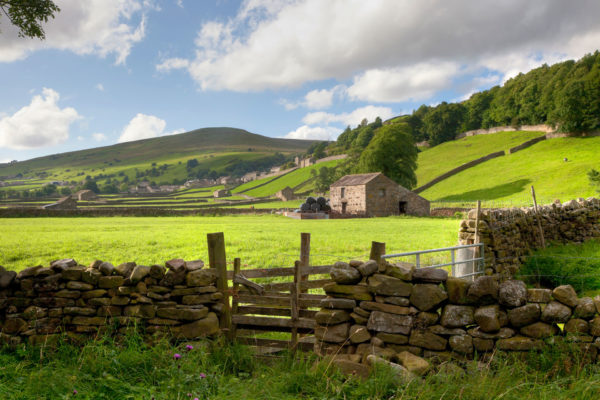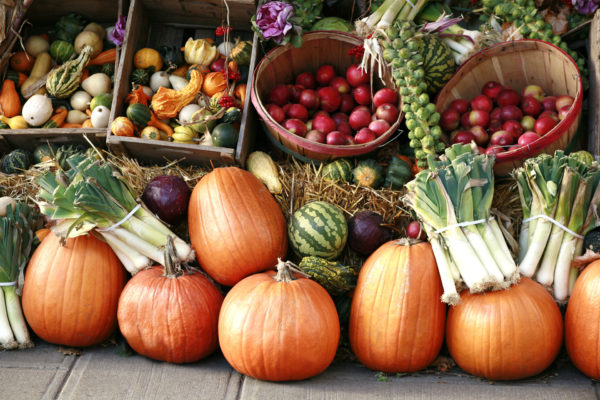Food and Farming with the Jefferies: The Carbon Cycle
By
2 years ago
Here's why grass fed British beef is the way forward
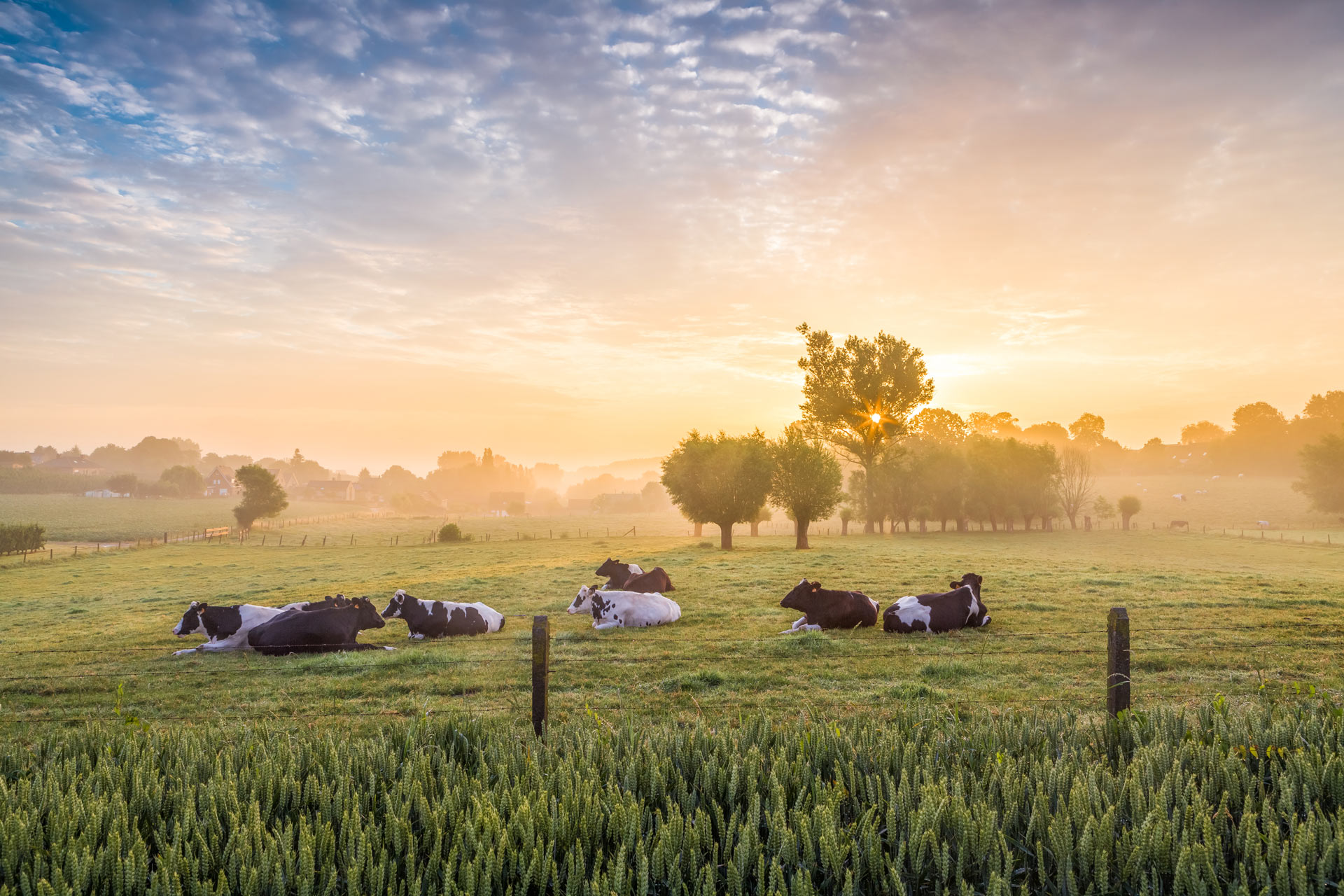
In our monthly column, husband-and-wife duo John and Jenny Jefferies will give us some insight into life on their south Cambridgeshire farm. John is a farmer, while Jenny is a food writer, having penned books like For The Love Of The Land. They’re both passionate about British farming, and will share their expertise with C&TH on a bi-monthly basis. This March, it’s all about the carbon cycle.
Food and Farming with the Jefferies: The Carbon Cycle
I am sure many of us remember the diagram from our school days that shows how water is drawn from the ocean into the atmosphere to form clouds that deposit rains on the hills, which feed the rivers that return the water to the sea.
The carbon cycle is similar. Carbon dioxide is in the atmosphere and always has been. It is a raw material for plant growth. Plants use CO2 to buoy proteins, sugars and plant structures, while returning oxygen to the atmosphere. The food stores that plants produce contain sugar and protein in the form of seeds, fruits and leaves; all of which can be eaten by animals and humans. When plant material is eaten and digested the carbon is released. Some is used by the animal to produce tissue and some is released back into the air as CO2. Indeed, with every breath we take we absorb oxygen into our blood and respire (via our lungs) carbon dioxide.

How Does The Carbon Cycle Work In Farming?
So, taking the case of a ruminant (cattle and sheep) eating grass. The carbon is absorbed by the grass from the air. The animal then eats the grass and uses this carbon whilst respiring some of it back to the air. When people eat beef and lamb we continue the process of releasing the carbon back, via digestion. Again we retain some of the carbon in body tissues, but ultimately after a period of 80 to 90 years that too is returned.
So all of the carbon consumed by livestock feeding on grass finds its way back into the atmosphere, either as carbon dioxide or as methane, which takes eight years to break down into carbon dioxide. Living animals simply do not increase the level of carbon dioxide in the atmosphere. There is a simple balance where carbon is cycled by plants and animals. It is the way it has always been.
The only thing that upsets this balance is where we humans add extra carbon into the process via additions such as fertiliser, fuel and heat that are sourced from fossil fuels. Beef farmed in felled rain forest and fed upon soya grown (feedlots beef) on that land have a huge carbon cost. It beggars belief that we have a government seeking to have an effect on climate change while forging trade deals with Australia and New Zealand that ship feedlot beef halfway around the world at the expense of our higher quality grass fed produce from our own island.
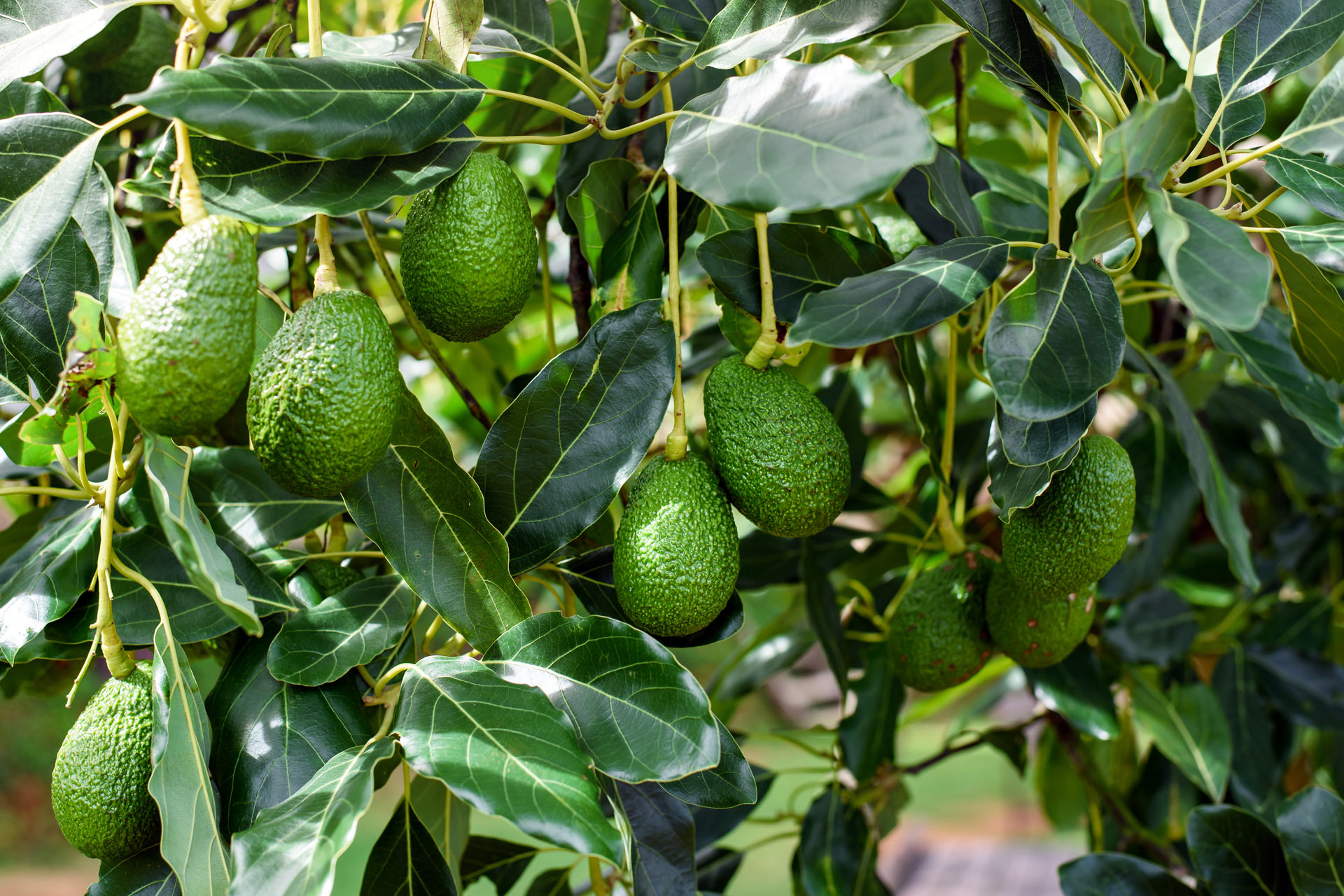
Getty Images
The Carbon Footprint of Food
All foods that we consume have a carbon footprint. Some of the highest are for luxury imported fruits (avocados, blueberries, raspberries) and for home produced out of season salad crops. Cherry tomatoes and cucumber have a carbon footprint that is about 100 times that of grass fed beef. In fact, virtually all salad crops are now produced in heated glasshouses at a huge carbon cost.
Tim Mead of Yeo Valley Organic says: ‘Our desire to accelerate organic food into the nation’s diets by making it accessible and readily available has not waned. If anything, we’re redoubling our efforts to help people better understand the benefits of food produced from regenerative organic farming systems like ours.’
Here we share a recipe for Yeo Valley Organic’s Organic Beef Wellington With Chimichurri Butter as contributed to my third cookbook For The Love Of The Land II.
Recipe: Organic Beef Wellington With Chimichurri Butter
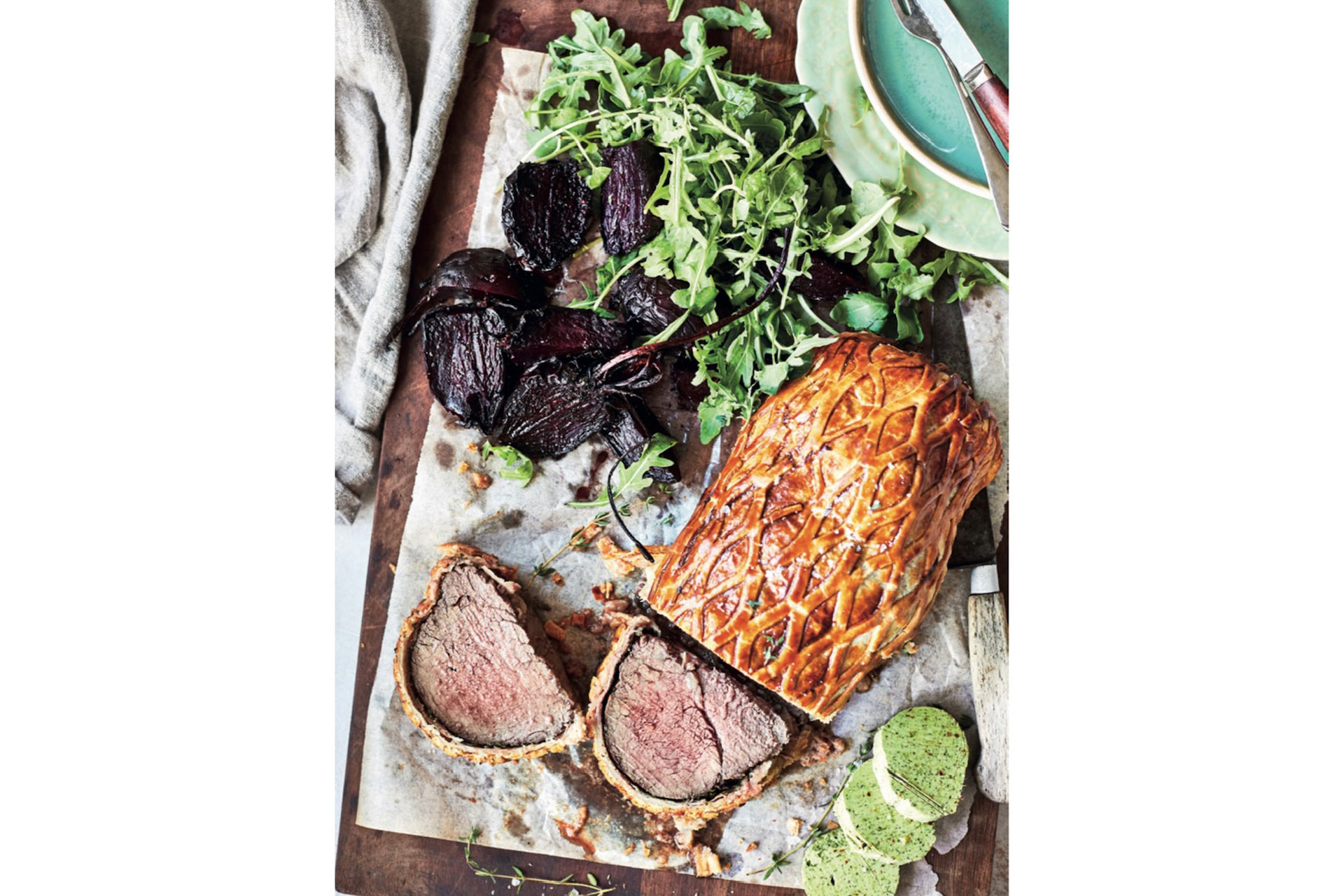
‘There’s no better way to celebrate a delicious piece of beef than in a Wellington, and we’ve given this one a twist. It’s worth getting the best meat you can; we love to know where our meat is from and we’re lucky to have our own organic grass-fed mob grazed beef cattle.’ Tim Mead, Yeo Valley Organic
- Preparation time: 30 minutes, plus at least one hour chilling
- Cooking time: 35 minutes
- Serves 8
Ingredients:
For the Wellington
- Olive oil
- 1kg fillet of beef
- Yeo Valley Organic unsalted butter
- 1 pack of ready-rolled puff pastry
- 8 slices of Parma ham
- 1 tbsp chopped fresh parsley
- 1 tbsp chopped fresh coriander
- 1 free-range egg
- 1 tbsp Yeo Valley Organic milk
For the chimichurri butter
- 1 block of Yeo Valley Organic unsalted butter, at room temperature
- 1⁄2 small bunch each of fresh coriander, parsley and thyme
- 2 cloves of garlic, peeled
- 1 tsp chilli flakes
- Salt, to taste
Method:
For the Wellington
- Heat a generous drizzle of olive oil in a large frying pan on a high heat and sear the beef all over. Add a large knob of butter and baste the beef once melted. Leave the seared beef fillet in the fridge to cool while you prepare the rest of the ingredients.
- Place the ready-rolled pastry on a floured surface and gently roll it slightly bigger. Lay the slices of Parma ham on the pastry with the edges slightly overlapping, leaving a border around the edge. Sprinkle the herbs on top, then lay the beef fillet in the centre.
- Beat the egg with the milk in a small bowl and use this to brush the uncovered pastry. Fold the pastry over the beef and then roll it over until you get a seam at the base of the Wellington. Tuck the sides under and then brush the pastry with more egg wash to coat all over. Chill the Wellington in the fridge for at least an hour, or even overnight.
For the chimichurri butter
- Combine all the ingredients in a blender, adding more or less chilli depending on your heat preference! Roll the butter into a sausage shape using a sheet of cling film, then chill in the fridge for at least an hour.
- To cook the Wellington, preheat the oven to 200°c and transfer it straight from the fridge to a baking tray, then place in the hot oven to cook for 30-35 minutes. Leave the Wellington to rest for at least 15 minutes once done, then serve with slices of the chimichurri butter, your favourite salad and roasted beetroots.


